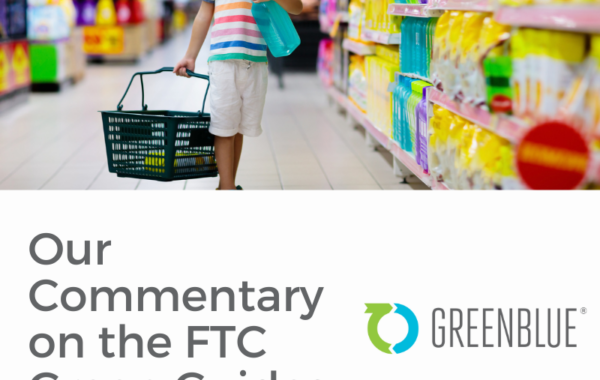October 16, 2020
Addie Teeters and Zach Leimkuehler, of Ahlstrom-Munsko, led a very interesting tour at Virtual SPC Advance, Papermaking 101. Not only was the tour an excellent introduction to the papermaking process itself, but the tour also highlighted various innovative techniques that go into making specialty papers. If you have not already, I highly recommend viewing Papermaking 101, available for public viewing on the Virtual SPC Advance webpage from October 14 – 28, 2020.

Ahlstrom-Munkso is a specialty paper company with 45 plants in 14 countries with their headquarter in Helsinki, Finland. The company as a whole makes a wide range of products used in a large variety of everyday applications, such as tea bags, coffee capsules and filters, food packaging and baking papers, face masks, health care materials, products for diagnostics, and surface finishing decor papers to name a few. For the Virtual SPC Advance tour, Teeters and Leimkuehler took us through one of their plants located in Rhinelander, WI.
Some interesting highlights of the tour included:
- Recycled fiber is a good solution for the industry in general, but for a specialty industry in particular, where they make many food packaging and processing papers, recycled fibers need additional processing to achieve the direct food contact certification and maintain food safety.
- There are two types of pulp that Ahlstrom-Munsko refers to during the tour – bleached and natural pulp – both of which they use to make a variety of products based on customer needs.
- With bleached pulp, more processing is necessary and thus more of the tree is lost in the papermaking process of making bleached pulp.
- With natural pulp, however, less processing is required and therefore more of the tree and more of the tree can is utilized in the final product.
- As seen in the graphic below, Ahlstrom-Munsko’s truly natural pulp eliminates a good portion of the papermaking process where more of the tree is utilized while using fewer chemicals and natural resources, ultimately creating a more sustainable end-product.
- In addition to traditional wood pulp, Ahlstrom-Munkso is also branching out into additional, unique fibers including cotton, abaca, and other annual plant-based fibers like hemp.
Another key takeaway from the Papermaking 101 Tour was when Teeters and Leimkuehler explain – and show at the mill – how different paper types utilize various combinations of pulp to create end products. These “recipes” may contain 100% of one specific type of pulp to many different types of pulp. For example, certain pulp types provide more strength and other types of pulp create a more smooth appearance.
Touring a papermill is always an eye-opening and surprising experience. Especially with specialty papers, the amount of technology and innovation that goes into products we use every day is truly impressive. Teeters and Leimkuehler definitely captured that through their virtual tour giving all the attendees something to think about the next time they pick up a paper product.





